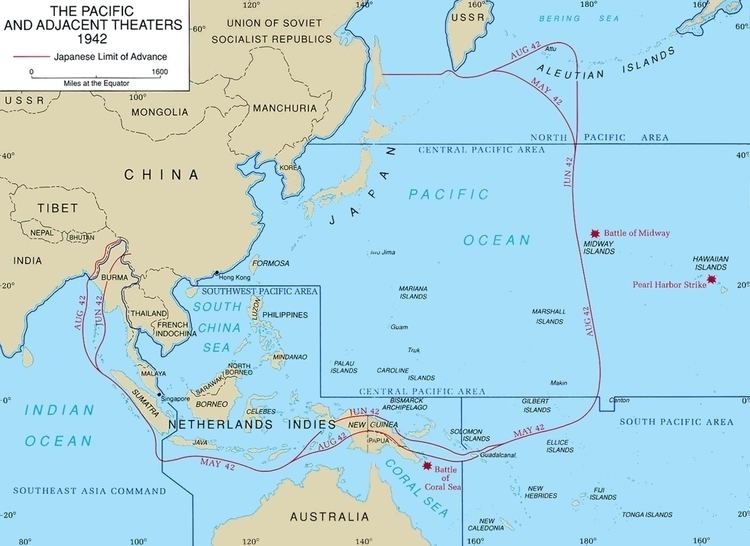 | ||
Joint Army–Navy Assessment Committee (JANAC) was a United States inter-service agency set up to analyze and assess Japanese naval and merchant marine shipping losses caused by U.S. and Allied forces during World War II.
Contents
Background
In January 1943, JANAC was formed by General George Marshall, the Chief of Staff of the U.S. Army, and Admiral Ernest J. King, the Chief of Naval Operations and Commander-in-Chief, United States Fleet (COMINCH), to assess enemy naval and merchant shipping losses during World War II. The objectives of JANAC were as set forth in the following joint Army–Navy directive:
By agreement between Chief of Staff and Commander-in-Chief, a Committee composed of 4 Navy and 3 Army members is appointed to meet from time to time at the call of the senior member to study and evaluate reports of loss or damage of enemy Naval and Merchant vessels from all causes, except those cases considered by the Anti-Submarine Warfare Assessment Committee of the Office of the Commander-in-Chief, U.S. Fleet. Findings of the Anti-Submarine Warfare Assessment Committee will be included in the overall evaluation of enemy losses without further review. Periodic reports of the Committee will be submitted jointly to the Chief of Staff and Commander-in-Chief.
JANAC consisted of representatives of the U.S. Navy, the U.S. Army, and the Army Air Forces, with a joint Army–Navy secretariat, under the chairmanship of Rear Admiral Walter DeLaney. Following the war, Rear Admiral Jerauld Wright succeeded Delany as JANAC chairman.
Methodology & Results
JANAC used the following sources to compile information on Japanese vessel losses during World War II:
The assessment of losses, unanimously agreed to by all JANAC members of the committee, was published in 1947, which included:
JANAC provided a detailed chronology of Japanese naval and merchant marine losses cross-indexed in the appendix of its final report, including a separate summary about losses caused by U.S. submarines. JANAC noted that a negligible number of vessels were not assessed because of insufficient information as to the cause of loss.
Submarine service
JANAC significantly altered wartime estimates for Japanese losses inflicted by the U.S. Navy's submarine service. At the end of World War II, Vice Admiral Charles A. Lockwood and his COMSUBPAC staff had estimated that approximately 4,000 ships had been sunk, totalling 10 million tons lost. JANAC revised this total to 1,314 enemy vessels and 5.3 million tons sunk. JANAC estimates of Japanese losses revised wartime claims downward for most war patrols carried out by the submarine service during World War II as noted in the following table of the revised list of top ten submarines based upon the total tonnage sunk as determined by JANAC.
JANAC also revised the achievements of individual submarine commanding officers as noted in the following table.
Although JANAC tended to revise downward wartime estimates, one noteworthy exception involved the fifth war patrol of Archerfish (SS-311) under the command of Commander Joseph F. Enright. Archerfish was credited with sinking a 24,000-ton Hiyō-class aircraft carrier during the war, but JANAC determined he had actually sunk the 66,000-ton carrier Shinano, making this the most successful submarine patrol of the Pacific War.
Battle of Midway
JANAC also addressed wartime claims made by the U.S. Army Air Force regarding the sinking of the Japanese aircraft carriers Kaga, Akagi, Hiryū, and Sōryū during the Battle of Midway by giving sole credit to the U.S. Navy.
